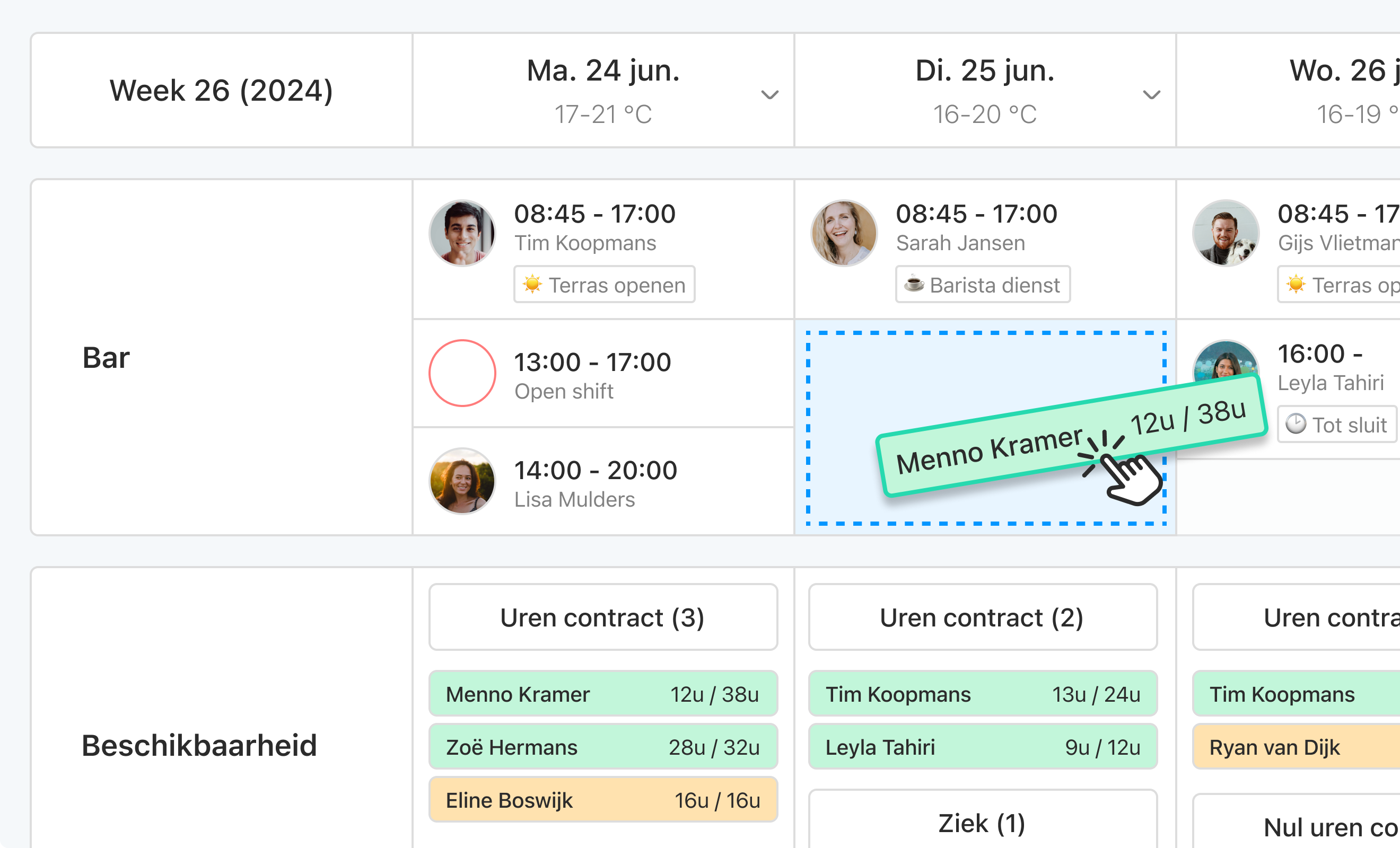

Jurriaan Schrofer
20 May, 2020
However, this is also an excellent time to write a manual for your team members. Besides the fact that many changes will take place in the near future, there are still many companies without or with an outdated manual. That's a shame, because they save time, strengthen your team and simply make your business better.
The benefits of an employee handbook
How to effectively create a handbook
How to prevent your handbook from not being read
How egg can help you with this
The usefulness of an employee handbook
When I was still serving at a restaurant myself, I had a writing-loving boss who had written something about everything: from how to polish wine glasses to how to welcome foreign guests with some words in their own words. language. That was exaggerated and unfortunately was of little use, the dusty books were not read by anyone.
Still, my boss's premise was not wrong. In another case where I worked for a while, good instructions were given on the floor, but there was no manual to fall back on. So if our boss was not present, we couldn't answer questions about the origin of our wines. Then we called him, or our guests went home disappointed.
How to make an effective handbook
By bringing together the most important information in a handbook, you ensure that you can get more out of your team members with less effort. So this é é One of the easiest ways to raise your company's service level, but what should you put in the handbook? Here are a few theme ’ s to get you started:
About the Company:
What makes your business unique and what do you stand for? By summarizing the identity of your company in a handbook, you ensure that there can be no ambiguity about your values. In addition, it regularly happens that guests are curious about the background of your catering business. Then of course they don't expect a long story, but it would be nice if your staff could tell you where the name comes from, for example. In short; a ‘ about us ’ page is a must-have in any handbook.
Closing and opening instructions:
Make an overview of everything that needs to be done. Also with information about where to find that hidden switch. In this way you avoid a lot of time-consuming calls and it is easier to point out to team members their responsibilities.
Menu and ingredients ë nts:
Waiters on the floor are simply not cooks, so they often don't know how a dish is made and with what ingredients ë nts. Avoid painful questions from guests and let your staff present the menu well.
Products behind the bar:
A good example of this is the wine list. This is a major stumbling block for many servers, as the world of wines is woolly and complex. Help them out by describing the story of a wine and explaining how they taste. If someone forgets, he can always look it up.
Allergy ë n:
People with allergies ë n have to be very careful with what they eat, sometimes even with what is prepared in the kitchen. Help your team members with basic allergy knowledge ë n and the kitchen, you keep your guests happy and they go home with peace of mind.
House Rules:
What should you do if you are sick? What about leave and how do you actually interact with each other? It is useful to include these rules in your handbook so that it is clear to everyone.
There are a few more to consider. The goal is not to write about everything, but to inform your team members of the most important information. Because that ultimately leads to satisfied guests and a successful business.
How to prevent your handbook from not being read You may have written the best textbooks, but if they are not read they are worthless. Unfortunately, this happens regularly in the hospitality industry, so how do you prevent this problem?
We have a few tips:
Write succinctly:
Entire books to name but a few making sure every detail is in it don't stand a chance. If the information isn't accessible, your staff isn't taking it well.
Tone of voice:
Remember to communicate in a way that fits your business. Team members at a low-threshold eatery é you will have to approach it in a different way than the staff of a star establishment.
Store and share your manuals online:
Traditionally, the manual is often printed under the cash register. Don't do this, because that's where it gets lost, gets wet and can only be read on the case. If you save it online, your staff can read something at home, for example when they just started working or something went wrong that day.
Keep track of who has read it:
Not everyone likes to read and immerse themselves in your material. However, if you want a good team, it's é important to let go. So follow who has read it and who could use some motivation. In egg you can see who has studied your textbooks; and send the others a friendly reminder.
How egg helps you with this As mentioned above, a handbook is a valuable tool to easily clarify and train your team at the same time. An informative handbook is therefore an essential part of the induction process. By adding your handbook to eitje you ensure that your team members always and everywhere have direct access to the relevant information via our app. For example, a new team member can read in even before her first day and thus appear well prepared at the start. Adding your handbook to egg has some examples:
Never lose your information:
You will never lose your information again, because it is safe and sound on our servers.
Changes immediately visible:
Should something be changed? No problem, you can edit it immediately and a second later it will be live on the phones of your team members.
Packed with extras: An Easy Handbook is more than just plain text, you can add photos, videos and even files. This way you ensure the maximum impact.
Keep track of who has read it: Instant insight into who has read what and how often.
Combine with induction schedule: Once an online manual created? With a few clicks you can then create a completely automated induction schedule.
About eitje
Eitje is a planning tool for the catering industry, which saves you time and makes it easier for you to do your work . You use our all-in-one planning tool to create rosters, register hours, train employees online and keep your staff well informed about the developments in your business. But that's only the beginning, because all our functions help you to manage your catering business better and easier.
Do you also want to get the best out of your team members? You can now egg for free try , no strings attached.
Eitje
Alles voor je team in één oplossing
De beste en makkelijkste manier om teamleden aan te sturen. Roosters, communicatie, urenregistratie en meer.

